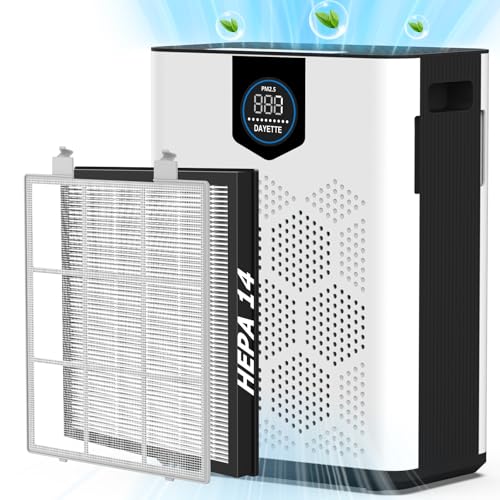Research analyzing new vehicle interiors has documented over 60 toxic compounds at dangerous concentrations.
That intoxicating new car aroma you’ve been conditioned to crave? It’s actually a volatile organic compound (VOC) cocktail that would make a chemistry lab blush. Research analyzing new vehicle interiors has documented concentrations reaching 7,500 micrograms per cubic meter—roughly 100 times higher than outdoor air pollution levels. Your romantic notion of automotive luxury just got a reality check worthy of a Breaking Bad episode.
The Villains in Your Cabin Air
Formaldehyde, benzene, and other carcinogens are off-gassing from seats, dashboards, and carpeting.
The chemical lineup reads like a toxicology textbook:
- Formaldehyde—a known human carcinogen linked to leukemia—leaches from adhesives and plastics
- Benzene causes dizziness and long-term leukemia risk
- Toluene damages your nervous system, while styrene irritates your eyes and impacts brain function
A 2023 study found formaldehyde and acetaldehyde exceeding Chinese safety standards in new cars, prompting researchers to recommend driving with windows open. Meanwhile, Western dealerships are literally marketing this as a selling point.
The Heat-and-Purge Protocol
Aggressive ventilation combined with thermal acceleration can eliminate most toxins within weeks.
Time to weaponize physics against chemistry:
- Park your sealed car in direct sunlight for several hours—heat accelerates off-gassing like a molecular pressure cooker. On hot summer days, with outside air temperatures ranging from 25.3°C to 46.1°C (77.5°F to 115°F), levels of formaldehyde, acetaldehyde, and hexaldehyde in new cars can exceed safety limits.
- Open all doors and windows for extended periods, allowing accumulated VOCs to escape
- Repeat this cycle multiple times
Place activated charcoal bags (more effective than baking soda) in footwells and under seats where they’ll continuously absorb chemicals for months.
When Desperate Times Call for Ozone Measures
Professional-grade ozone generators offer nuclear-option detox for severely sensitive individuals.
For extreme cases, ozone generators represent the final boss battle against automotive toxins. These devices oxidize VOCs at the molecular level, but require strict safety protocols—never run them while anyone’s inside the vehicle. One-hour treatments in completely sealed cars can dramatically reduce chemical concentrations.
Remember: VOCs typically decay 90% within three weeks under normal conditions, but some compounds continue off-gassing for years.
The absurdity here rivals any dystopian Netflix series—we’ve been trained to inhale industrial solvents and call it luxury. Chinese manufacturers actively work to eliminate the new car smell because their culture recognizes it as undesirable. Maybe it’s time we stopped romanticizing respiratory irritation and started demanding better from an industry that’s literally selling us scented poison.




























